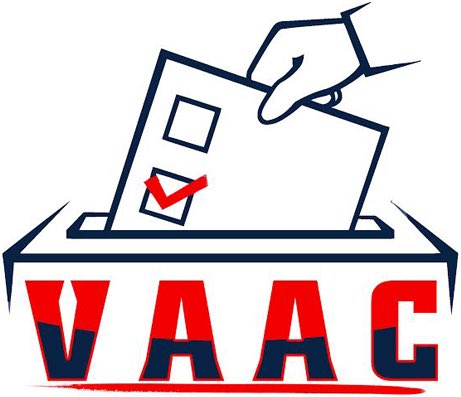Recently, organizers in Kansas City, Mo. have worked to push back on local government leaders’ plans to build a new jail for people charged with crimes in municipal court. They’ve won significant victories, including through the city’s Alternatives to Incarceration Commission.
Despite this, local officials have continued to try to sway the public on the issue. That’s why Decarcerate KC, a grassroots organization working to change the city’s approach to public safety, asked us to review the “needs assessment” local leaders commissioned to try to justify building a new jail.
We found serious flaws with the analysis in the documents and the assumptions the analysis is based on:
- Most people in city custody are there for minor, “non-violent” offenses: The city jail is used almost exclusively for low-level charges like city ordinance violations. People charged with more serious offenses are incarcerated in the county jail. Our analysis found that the majority of people incarcerated in the city jail were booked for crimes that did not involve any allegations of violence. This raises serious doubts about whether more city jail beds will make the community safer, or simply lock up more of its members unnecessarily.
- The city doesn’t appear to need more jail beds: The report authors assert that more beds are needed because law enforcement stakeholders have been unable to jail people they otherwise would if they had more space. The numbers don’t back this up. In fact, 17% of the city’s available jail beds were empty when we did our analysis in August 2023.
- Lack of public input: Despite having a “community engagement specialist” on the project team, it doesn’t appear the authors actually sought input from members of the public. Instead, the report relies solely on the views of prosecutors, judges, police officers, and others who are firmly entrenched in the established criminal legal system, raising serious doubts about whether the document is an honest assessment, or simply a document created to reach a predetermined conclusion.
Our full 11-page analysis goes on to explain how the report’s authors relied on outdated assumptions to predict growths in its jail population, misleading graphics, and a “lock ‘em up” approach to public safety, leading to a skewed outcome that ignores the societal harms of mass incarceration. Of particular concern is how this jail project will harm the Black residents in Kansas City; Over two-thirds of the people currently held in the city jail are Black, even though Kansas City is only 27% Black.
Is your community seeking to build a new jail or expand the capacity of its existing facility? While we’re happy to help you push back on their arguments (drop us a line to tell us about your fight), there is no need to wait for us. We have created a how-to-guide with tips for pushing back on “needs assessments” local leaders put together to justify the construction and strategies for pushing back on false or misleading arguments they’re making.
This article was originally published by Prison Policy Initiative as “Memo to Kansas City, Mo.: Time to rethink your plan to build a new jail,” authored by Danielle Squillante
